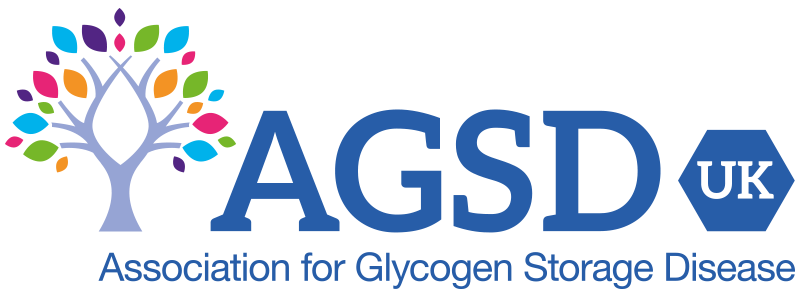By working on behalf of people affected by any GSD we’re able to attract more resources, minimise overheads, share knowledge and have a stronger voice to influence change.
Combining our efforts
All the different types of glycogen storage disease are ultra-rare conditions. In the UK numbers affected by the different variants range from 0 to around 350, with many at the lower end of the range. With such small numbers it’s important to come together as part of a strong and stable organisation to share support and drive progress. There’s commonly little information available for the rarest GSDs, where research activity and in-depth medical understanding are limited. But gradually the boundaries of knowledge about each GSD are being advanced and as this happens we’re able to increase our offer of evidence-based information and support across the board.
Shared priorities
While the various GSDs affect people differently, those living with these rare and complex conditions have many commonalities and shared priorities and there’s much to be gained by organising on behalf of people affected by any GSD.
Increased impact
Representing every GSD gives us s stronger collective voice that can command more attention when working to influence policy makers and service providers. As an organisation supporting larger numbers of people we’re able to attract more resources and minimise overheads by sharing governance and support costs. Developments in one area can be replicated for others and our history shows how the drive and leadership provided by different parts of the GSD community have had an impact for all.
With over 30 years experience working together as AGSD-UK for all types of glycogen storage disorder, we’re certain this approach brings benefits for individuals and families affected by every type.
All GSDs pulling together makes us all stronger.

